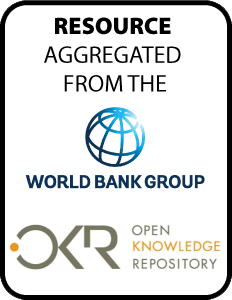Resource information
Most trade moves along a few
high-density routes: the corridors. Improving their
performance has emerged as a necessary ingredient for growth
and integration into the regional and global economy. In
Africa, this is recognized at the continental level, where
program for infrastructure development in Africa (PIDA) has
identified 42 corridors that should form a core network for
regional integration and global connectivity. Several
distinctive features appear to be necessary conditions for a
successful corridor, namely (i) a combination of public and
private investments to improve infrastructure, (ii) an
institutional framework to promote and facilitate
coordination, (iii) a focus on operational efficiency of the
logistics services and infrastructure, and (iv) a proven
economic potential. Reviewing the experience of an
apparently successful corridor can help one learn the
optimal mix and trade-offs among the ingredients and enable
replication of success on other corridors. The lessons from
the Maputo corridor can help the regional economic
communities (REC), countries, corridor users, and
development partners to better focus their corridor
strategies to maximize economic growth. The present work
focuses on three aspects of its revival: corridors as
enablers of trade and economic development; improvement of
logistics through investments and reforms; institutional
framework adapted according to objectives.


